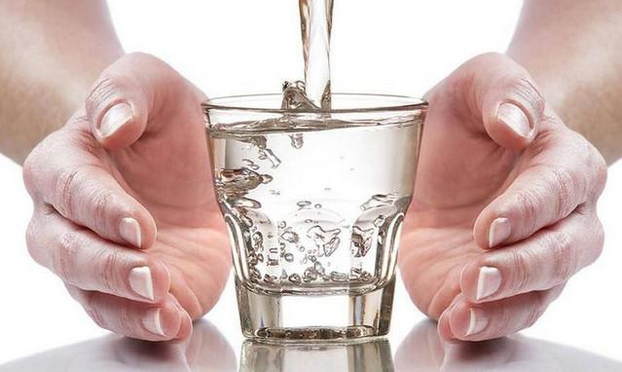
1. Coarse filter
Coarse filtration: refers to mechanical filtration, removal of suspended matter in water, colloids, turbidity, color, odor, etc. The main filtration methods are clarification tank, fast filter, sand filter, sand filter, multi-media filter, active carbon filter, disc filter, high efficiency fiber filter and so on.
2. Fine filtration
Fine filtration: The filter membrane made of special materials has high filtration accuracy. Common for microfiltration membrane and filter element filtration.
3. Over filtration
Ultrafiltration: It is a membrane filtration that removes macromolecules and colloids, bacteria, etc. High filtration accuracy, the common is ultrafiltration membrane.
4. Reverse osmosis
Reverse osmosis: reverse osmosis referred to as RO, the principle is that raw water under the action of high pressure through the reverse osmosis membrane, the solvent in the water from high concentration to low concentration diffusion so as to achieve the purpose of separation, purification, concentration, because it is the opposite direction of natural penetration.
5. Ion exchange
All kinds of inorganic salts in water ionize to form positive and anions. When passing through the hydrogen ion exchanger layer, the cation in water is replaced by hydrogen ions, that is, the salt removal principle of the positive bed; When passing through the OH-type ion exchanger layer, the anions in the water are replaced by OH- ions, that is, the principle of salt removal in the negative bed.
The mixed bed is an ion exchange device in which positive and anion exchange resins are mixed and filled in the same exchange column in a certain proportion.
6. EDI
EDI: is a new desalting process combining electrodialysis and ion exchange, taking the advantages of electrodialysis and mixed bed ion exchange, using ion exchange to do in-depth treatment, without chemical regeneration, using ionization to produce H+ and OH-, to achieve the purpose of regenerating resin.


